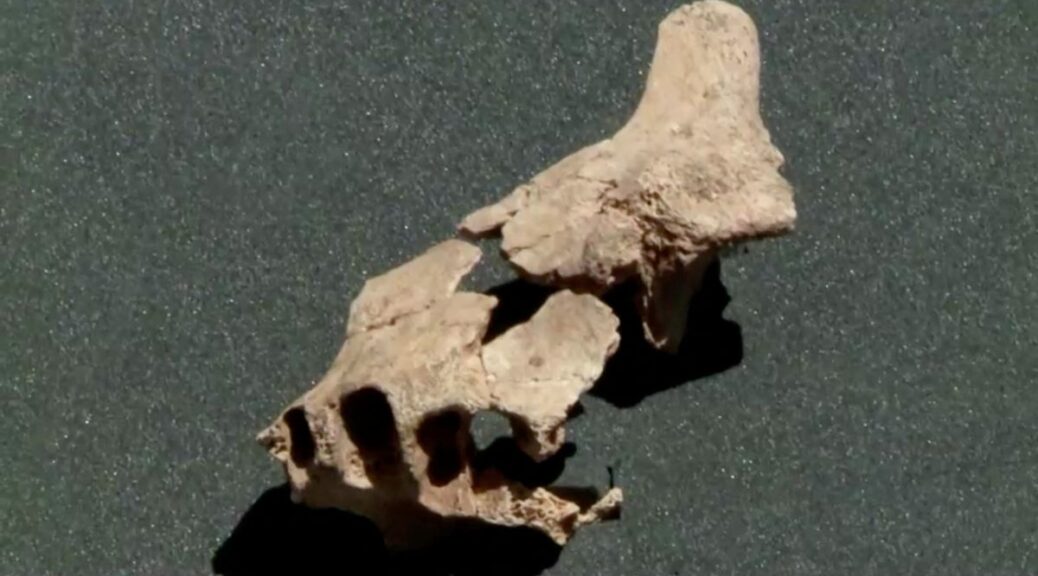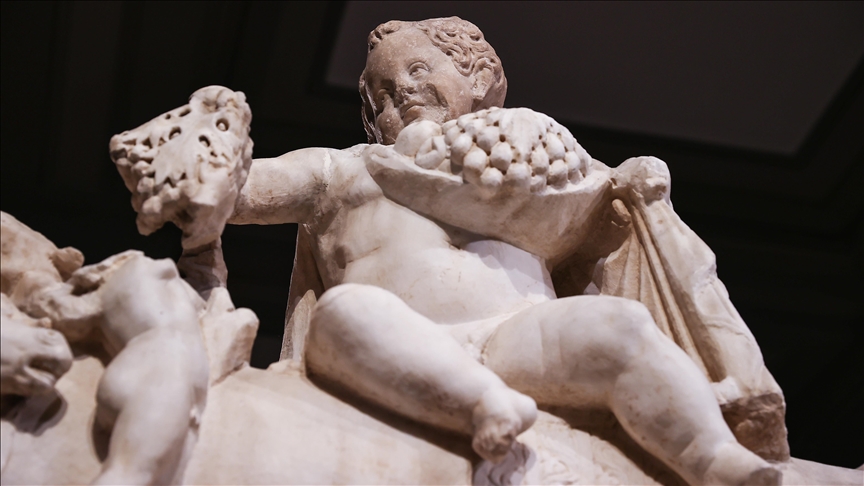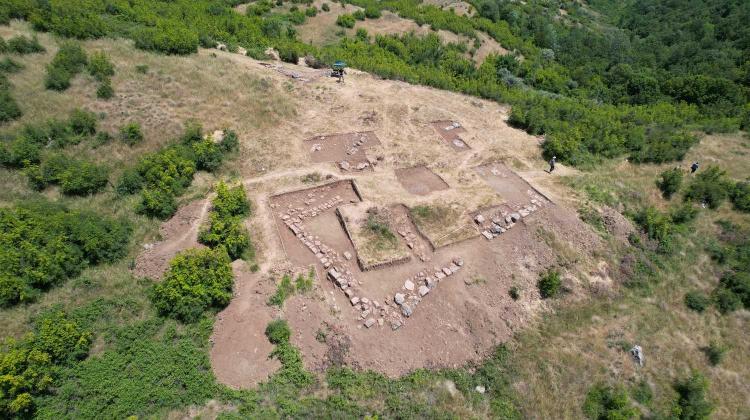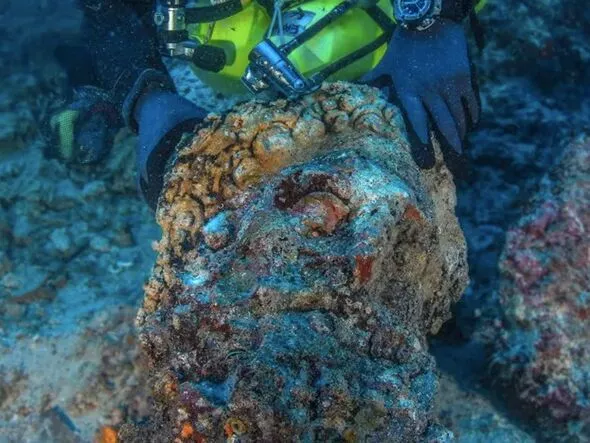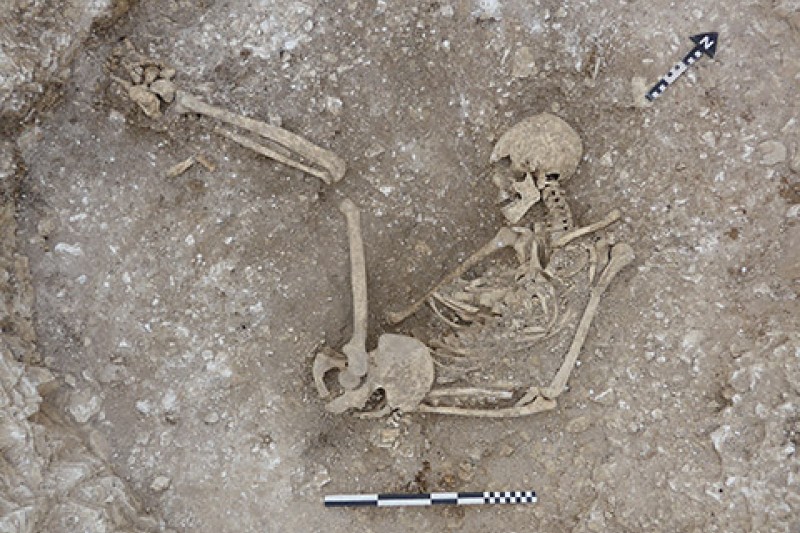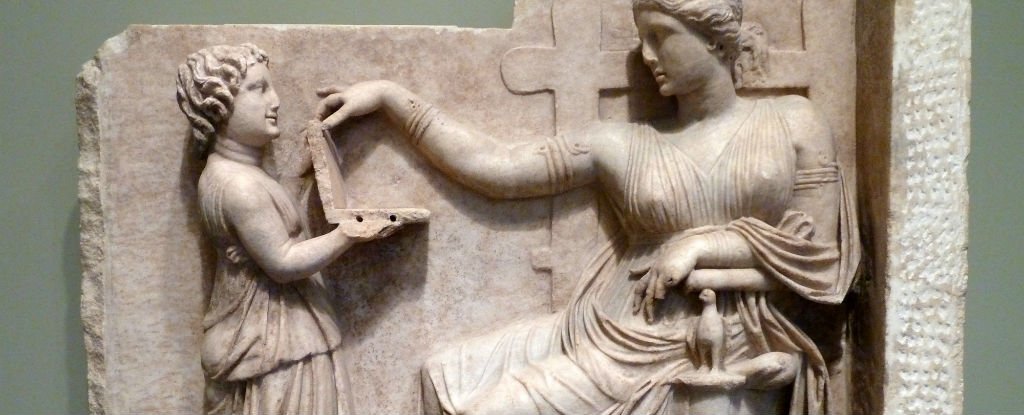Oldest European human fossil found in Spain
A jawbone fragment discovered in northern Spain last month could be the oldest known fossil of a human ancestor found to date in Europe, Spanish palaeontologists said on Friday. The researchers said the fossil found at an archaeological site on 30 June in the Atapuerca mountain range was about 1.4m years old.

Until now, the oldest hominid fossil found in Europe was a jawbone found at the same site in 2007 that was determined to be 1.2m years old.
Atapuerca holds one of the richest records of prehistoric human occupation in Europe.
Researchers will now have to complete their first estimate for the age of the jawbone fragment using dating techniques, palaeoanthropologist José María Berúmudez de Castro, the co-director of the Atapuerca research project, said during a news conference.
Since the jawbone fragment was found some 2 metres below the layer of earth of the 2007 find “it is logical and reasonable to think it is older”, he said.
The dating of the jawbone fragment will be carried out at the National Centre for Research on Human Evolution in Burgos, a city located about six miles from Atapuerca.
The process should take six to eight months to complete, Bermúdez de Castro said.
The analysis could help identify which hominid species the jawbone fragment belongs to and better understand how human beings evolved on the European continent.
Scientists have so far been unable to determine with certainty the species of the jawbone discovered in 2007. The fossil could correspond to Homo antecessor, discovered in the 1990s.
The Atapuerca Foundation, which runs the archaeological site, said it was very likely the jawbone fragment “belongs to one of the first populations that colonised Europe”.
In 2000 the archaeological site of Atapuerca was included on Unesco’s list of world heritage sites, giving it access to UN conservation funding.
It contains thousands of hominid fossils and tools including a flint discovered in 2013 that is 1.4m years old.
